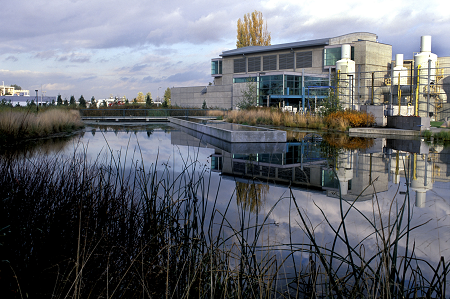NW Natural's Plan for a Carbon Neutral System by 2050
Renewable natural gas and renewable hydrogen will be key tools
- July 17, 2020
- Carol Winkel

NW Natural representatives briefed the Council on the utility's plans to become a carbon-neutral system by 2050. NW Natural serves over 725,000 utility customers in Oregon and Washington and is a major provider of winter heating for homes and businesses. The utility has been exploring ways to lower greenhouse gas emissions from the gas sector by using the system infrastructure in new ways.
With Oregon's ground-breaking legislation setting goals for adding as much as 30 percent of renewable natural gas to the state’s pipeline system by 2050, RNG will be a big piece of the puzzle and could become a new significant renewable resource in the region. According to the utility's press release, "Renewable natural gas is a zero-carbon resource produced from local organic materials like food, agricultural and forestry waste, wastewater, or landfills. The gas can be cleaned and added into the existing natural gas system, where it is fully interchangeable with conventional natural gas." The new law also supports renewable hydrogen, excess wind, solar, or hydropower that can be converted to renewable hydrogen and blended into the natural gas pipeline system.
Nationally, the development of RNG facilities is growing rapidly. There are 115 RNG facilities operating today in the U.S. and Canada, and nearly 100 more are in development or under construction. Globally, the U.S. is playing catch up with Europe, which has more than 17,400 biogas plants and accounts for two-thirds of the world’s 15 gigawatts of biogas electricity capacity. Gas networks abroad are undergoing transformational change to decarbonize and are five to 10 years ahead of the U.S.
With reduced use through energy efficiency, and the ability to add renewable natural gas and renewable hydrogen to its system, NW Natural hopes to meet its goal of a carbon-neutral system by 2050.
Read more:
Could Renewable Natural Gas Be the Next Big Thing in Green Energy?



